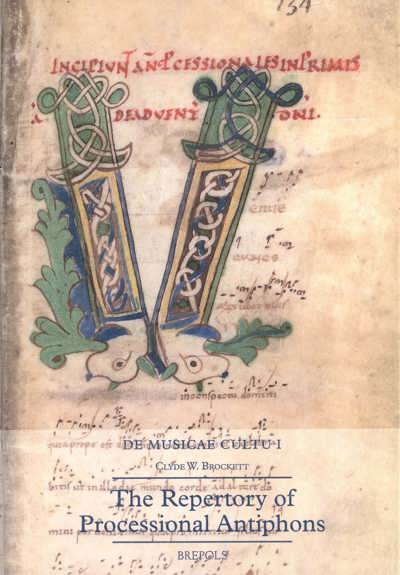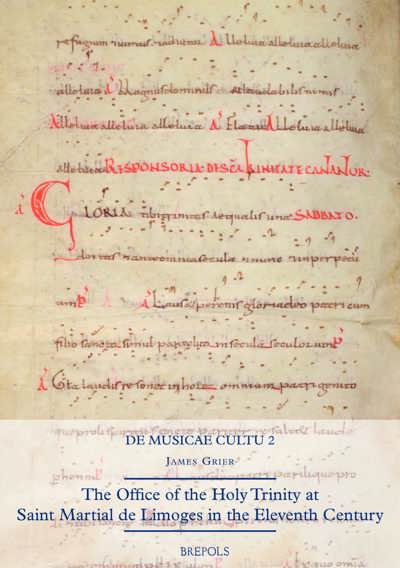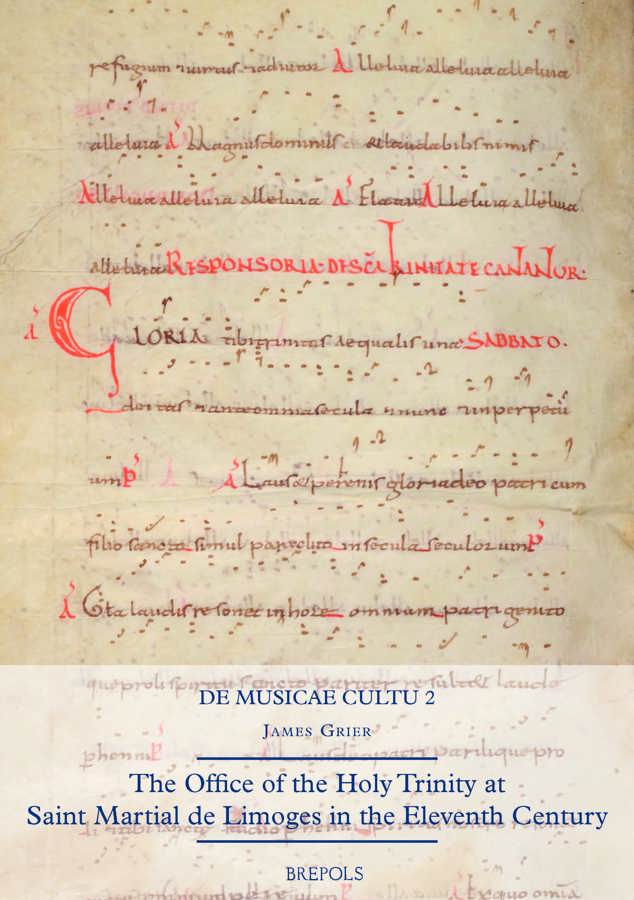
The Office of the Holy Trinity at Saint Martial de Limoges in the Eleventh Century
James Grier
- Pages: lxxiv + 131 p.
- Size:210 x 297 mm
- Illustrations:16 tables b/w., 68 musical examples
- Language(s):English, Latin
- Publication Year:2020
- € 65,00 EXCL. VAT RETAIL PRICE
- ISBN: 978-2-503-57456-1
- Paperback
- Available
A critical edition of the Aquitanian Office of the Holy Trinity with detailed commentary.
“Diese neue Edition wendet sich sowohl an Fachleute der Musikwissenschaft als auch an Wissenschaftler anderer Disziplinen. Damit öffnet sie das Spektrum etwas breiter als die Reihe »Historiae« und könnte ebenfalls als potenzielle Ressource für Musikerinnen und Musiker dienen.” (Kristin Hoefener, in Francia-Recensio, 3, 2021)
“A significant achievement in its own right, Grier’s work is important also for the potential it offers for further scholarship.” (Michael Frassetto, in The Medieval Review, 22.02.01)
James Grier is Professor of Music History at the University of Western Ontario and Fellow of the Royal Society of Canada. He is the author of The Critical Editing of Music (1996), The Musical World of a Medieval Monk: Admar de Chabannes in Eleventh-Century Aquitaine (2006), and Ademarus Cabannensis monachus et musicus (Corpus Christianorum, Autographa Medii Aevi, 7 [2018]). He also published the critical edition of music written in the hand of Admar de Chabannes (Corpus Christianorum Continuatio Mediaevalis 245 [2012]). He has also written on music and liturgy in medieval Aquitaine, textual criticism and editing music, and the music of Joseph Haydn, Frank Zappa, Bob Dylan and Roger McGuinn.
The Holy Trinity forms a cornerstone of Christian belief, and references to it abound in the liturgy. Every Psalm ends with the invocation of the Father, the Son and the Holy Ghost in the Doxology supplied as the final verse. But around the turn of the tenth century, clerics decided to devote the first Sunday after Pentecost to the veneration of the Trinity. They created a new liturgy for the day, and evidence suggests that Stephen, Bishop of Liège († 920) revised an earlier form of the Office into the version that saw wide dissemination in the Latin West from the end of the tenth century. The abbey of Saint Martial in Limoges exhibited considerable enthusiasm for the feast and its Office beginning in the early eleventh century. Its scriptorium prepared no fewer than five copies of the Office, including four fully neumed versions between ca. 1010 and 1050, including the earliest extant transcribable copy with music in the hand of Adémar de Chabannes, musician, scribe, homilist and historian. This edition presents a critical text of the Office as it was practised at Saint Martial during the first half of the eleventh century, beginning with Adémar’s version, but also considering the other witnesses from the abbey. It includes full critical and explanatory commentary with an Introduction that discusses the role of Stephen of Liège in the authorship of the Office, the witnesses from Saint Martial and their relationship to other early witnesses of the Office, and its musical and literary style.

